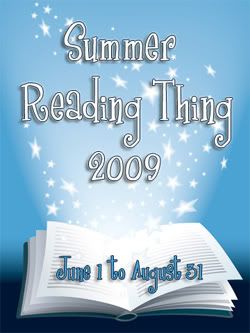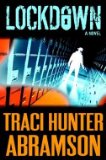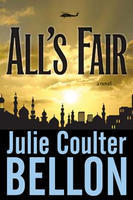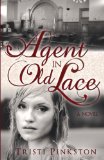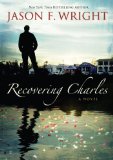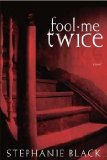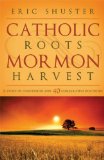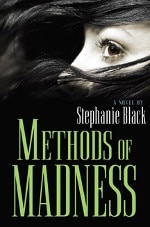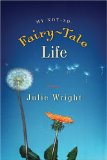Once upon a time, I wrote a novel where the main character wasn’t likeable. Well, she was—I liked her. But the way I’d written her made her come off as disdainful and arrogant—not qualities I really meant for her personality to convey. So I read everything I could on sympathetic characters and tried very hard to fix her. (One critique partner was adamant that I had not, but no one else objected.)
 What does it mean to have a “sympathetic” character? It means that the reader can relate to him/her. The reader feels the things s/he feels, and the reader understands the difficulties that character is going through. (It doesn’t always mean, however, that the reader likes the character, though that can be helpful.)
What does it mean to have a “sympathetic” character? It means that the reader can relate to him/her. The reader feels the things s/he feels, and the reader understands the difficulties that character is going through. (It doesn’t always mean, however, that the reader likes the character, though that can be helpful.)
It often seems like sympathizing with main characters (who aren’t villains or anti-heroes, at least) is automatic—but anyone who’s ever written an unsympathetic character quickly learns that it’s not. Sometimes we writers think we’re doing something avant-garde by creating someone as alienated/sarcastic/cruel/apathetic/distant as a “real” person—but most of the time, we learn that this “cutting-edge” technique has been tried before. Without success.
I didn’t really think I was being avant-garde or even cool when I created my unsympathetic character—I accidentally focused too much on characteristics or behaviors that made my trying-to-keep-her-cool character all but condescending.
Months after all my research to fix her, all that information suddenly crystallized. There are only two things that make a character sympathetic: strength and struggles. The character must have both in some form.
So this month, we’re going to be talking about strength, struggles and sympathy for characters!
Photo credit—Michal Zacharzewski
 more vivid ways to say things; I love rewriting scenes on the whim of inspiration for something that is much, much better.
more vivid ways to say things; I love rewriting scenes on the whim of inspiration for something that is much, much better. These days, however, my scale is starting to tip towards hate more and more. I think I’m burning out on my latest round of revisions. This will be my third round in two months, so I suppose fatigue is only understandable. But I haven’t written anything new in almost as long (aside from new/rewritten scenes), and that’s something that I really need to do.
These days, however, my scale is starting to tip towards hate more and more. I think I’m burning out on my latest round of revisions. This will be my third round in two months, so I suppose fatigue is only understandable. But I haven’t written anything new in almost as long (aside from new/rewritten scenes), and that’s something that I really need to do. Thee problem is this: there’s only a handful of words in the English language to express those actions: smile, beam, grin, smirk, simper. Nodding is even worse: nod. Other versions of this one tend to draw attention to the words instead of showing the characters’ actions: bobbed his head (“up and down,” if you want to make it even more annoying).
Thee problem is this: there’s only a handful of words in the English language to express those actions: smile, beam, grin, smirk, simper. Nodding is even worse: nod. Other versions of this one tend to draw attention to the words instead of showing the characters’ actions: bobbed his head (“up and down,” if you want to make it even more annoying).  And do they need the forbidden modifier? I think so. Can you infer the meaning of his grin with just “He smiled at her”? (I have two images in mind here: “He smiled at her. Mmm. Lunch.” and “He smiled at her. Oh, a friend.”) A thumb chewer may be a small child seeking comfort, an adult pondering a problem or a guy with a nervous habit.
And do they need the forbidden modifier? I think so. Can you infer the meaning of his grin with just “He smiled at her”? (I have two images in mind here: “He smiled at her. Mmm. Lunch.” and “He smiled at her. Oh, a friend.”) A thumb chewer may be a small child seeking comfort, an adult pondering a problem or a guy with a nervous habit. .
.
 . (Despite the repeated attempts on my life. How come you
. (Despite the repeated attempts on my life. How come you 